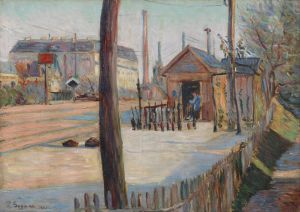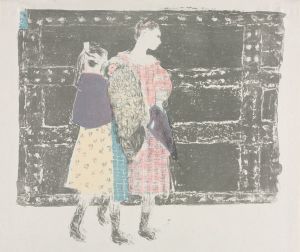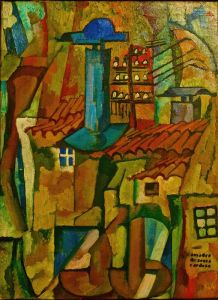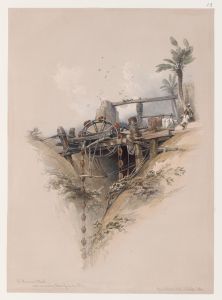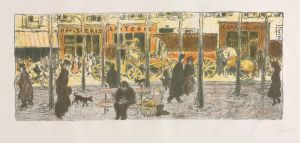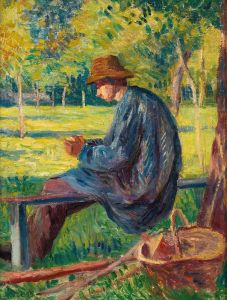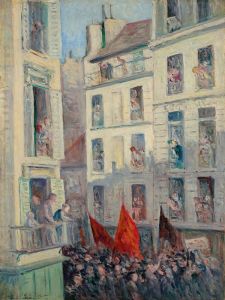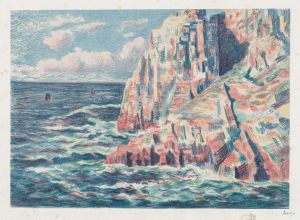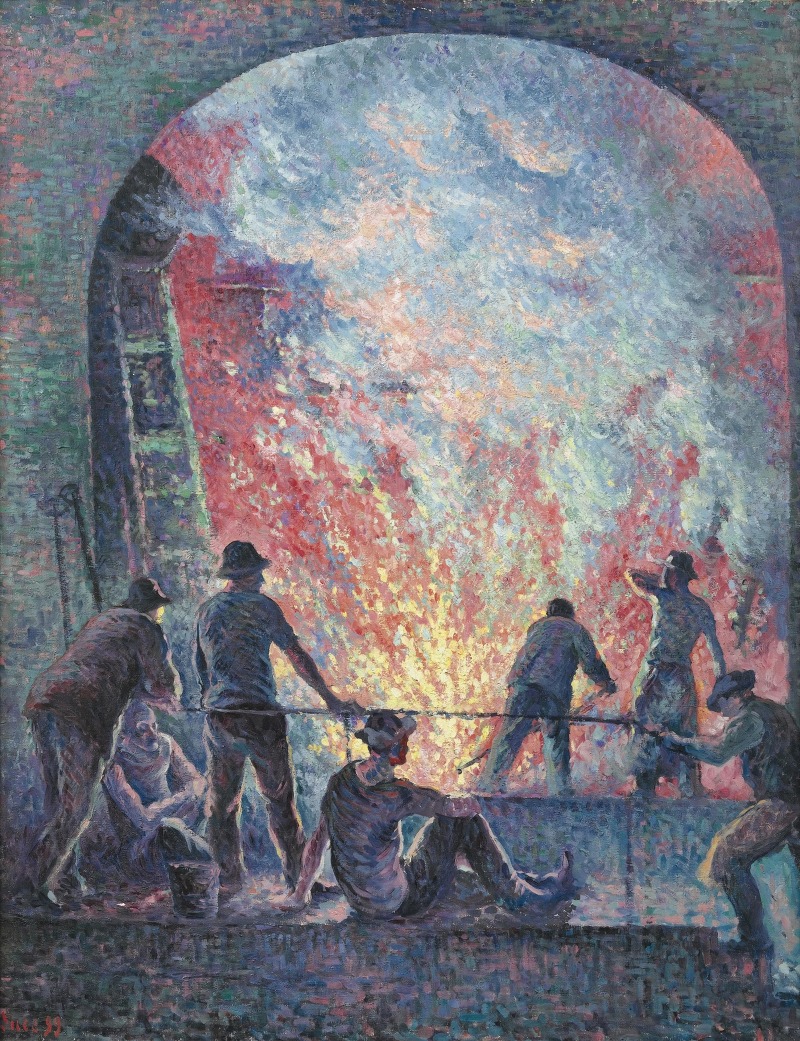
L’Acierie
A hand-painted replica of Maximilien Luce’s masterpiece L’Acierie, meticulously crafted by professional artists to capture the true essence of the original. Each piece is created with museum-quality canvas and rare mineral pigments, carefully painted by experienced artists with delicate brushstrokes and rich, layered colors to perfectly recreate the texture of the original artwork. Unlike machine-printed reproductions, this hand-painted version brings the painting to life, infused with the artist’s emotions and skill in every stroke. Whether for personal collection or home decoration, it instantly elevates the artistic atmosphere of any space.
Maximilien Luce was a prominent French Neo-Impressionist artist known for his paintings, illustrations, and engravings. Born on March 13, 1858, in Paris, Luce initially trained as an engraver before turning to painting. He became associated with the Neo-Impressionist movement, which was characterized by the use of pointillism—a technique involving the application of small, distinct dots of color to form an image. Luce was influenced by the works of Georges Seurat and Paul Signac, who were pioneers of this artistic style.
One of Luce's notable works is "L’Acierie" (The Steel Mill), which exemplifies his interest in industrial landscapes and the lives of the working class. Painted in 1895, "L’Acierie" captures the interior of a steel mill, showcasing the intense labor and the dynamic environment of industrial production. The painting is a testament to Luce's commitment to depicting modern life and his fascination with the effects of light and color.
In "L’Acierie," Luce employs the pointillist technique to convey the vibrant and energetic atmosphere of the steel mill. The use of small, precise brushstrokes allows him to create a sense of movement and vitality, capturing the heat and intensity of the industrial setting. The painting is dominated by warm tones, with reds, oranges, and yellows reflecting the glow of molten steel and the fiery furnaces. This choice of color palette not only enhances the realism of the scene but also emphasizes the harsh and demanding nature of the work being performed.
Luce's depiction of the steel mill workers is both empathetic and realistic. He portrays them as integral components of the industrial process, highlighting their skill and endurance. The figures are rendered with a sense of dignity and purpose, underscoring Luce's respect for the laborers and his interest in social issues. This focus on the working class aligns with the broader themes of the Neo-Impressionist movement, which often sought to address contemporary social and political concerns.
"L’Acierie" is also notable for its compositional structure. Luce organizes the elements of the painting in a way that guides the viewer's eye through the scene, from the workers in the foreground to the machinery and furnaces in the background. This careful arrangement creates a sense of depth and perspective, drawing the viewer into the heart of the industrial environment.
Maximilien Luce's work, including "L’Acierie," reflects his dedication to capturing the realities of modern life and his mastery of the Neo-Impressionist technique. His paintings offer a unique perspective on the industrial age, blending artistic innovation with a keen social awareness. Today, Luce's contributions to the art world are recognized for their technical skill and their insightful portrayal of the human experience during a time of significant change and development.






